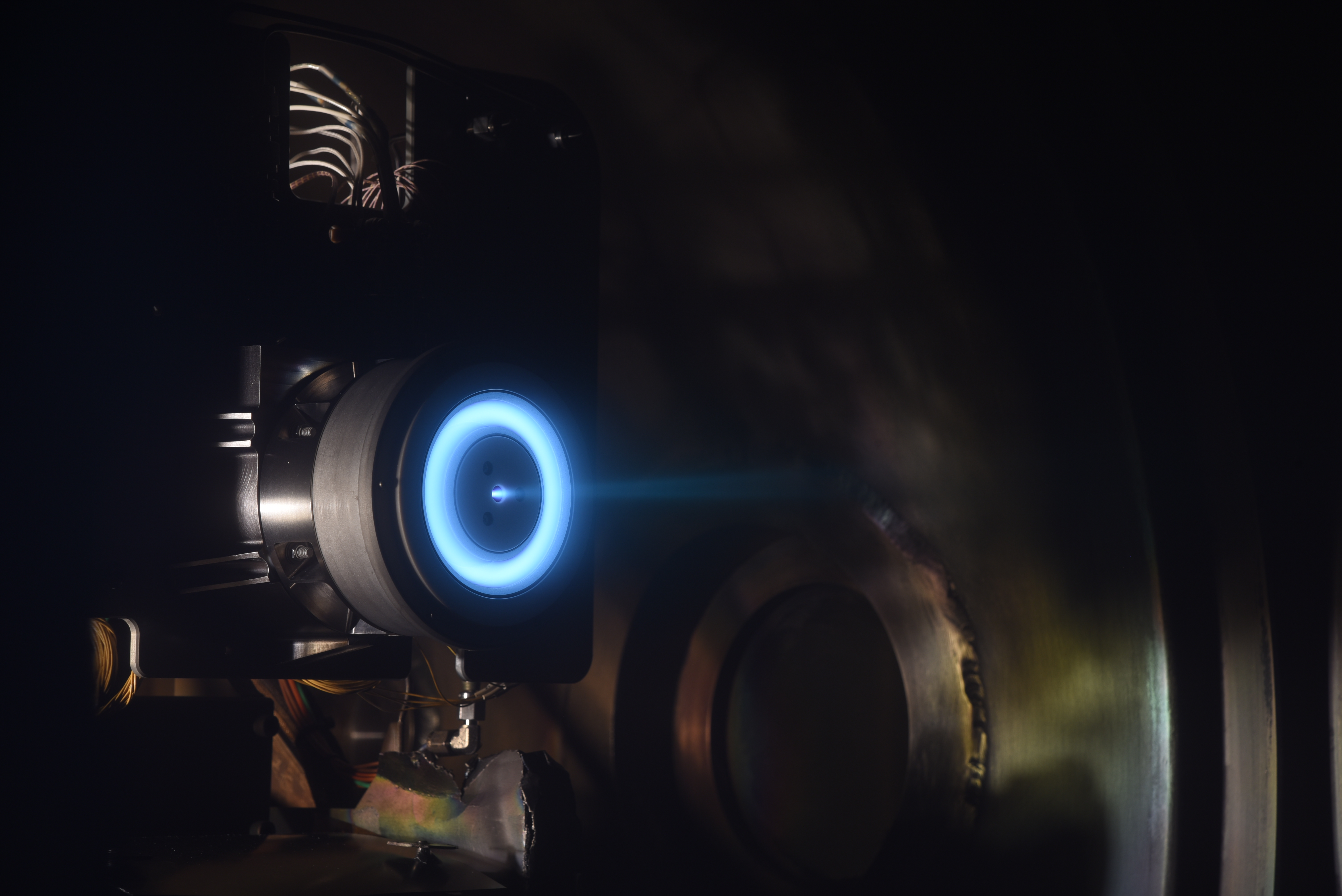
An historic wind tunnel at NASA’s Langley Research Center in Hampton, Va., is helping test the prototype of a new, more fuel-efficient, quieter aircraft design.
Boeing Research & Technology, Huntington Beach, Calif., has partnered with NASA’s Aeronautics Research Mission Directorate and the U.S. Air Force Research Laboratory, Wright Patterson Air Force Base, Ohio, to explore and validate the structural, aerodynamic and operational advantages of an advanced hybrid wing body concept called the blended wing body or BWB.
NASA is flight testing one version of a 21-foot (6.4 m) wingspan BWB prototype, called the X-48B, at NASA’s Dryden Flight Research Center, at Edwards AFB, Calif. The other one being tested in the Langley Full-Scale Tunnel is the X-48C. It has been modified to make it quieter. Those modifications include reducing the number of engines from three to two and the installation of noise-shielding vertical fins. The wind tunnel tests are assessing the aerodynamic effects of those modifications.
NASA Langley owns the tunnel, but leased it to Old Dominion University in Norfolk, Va., for more than 10 years for research and student engineering training.
Cranfield Aerospace Ltd., Cranfield, England, built the ground-breaking prototypes to Boeing Research & Technology’s specifications. Made primarily of advanced lightweight composite materials, the prototypes weigh about 400 pounds (181 kg) each. The Air Force is interested in a full-scale version’s potential as a multi-role, long-range, high-capacity military aircraft.
This is the second time this aircraft has been put through its paces at the historic tunnel that was built in 1930 and has been used to test everything from World War II fighters, to the Mercury capsule, to concepts for a supersonic transport. In 2006, preliminary tests helped engineers determine how it would fly during remotely piloted flights. Blended wing body designs are different than traditional tube and wing aircraft. One is that they rely primarily on multiple control surfaces on the wing for stability and control. Another is that they blend tube and wings for lower drag and better lift.



























